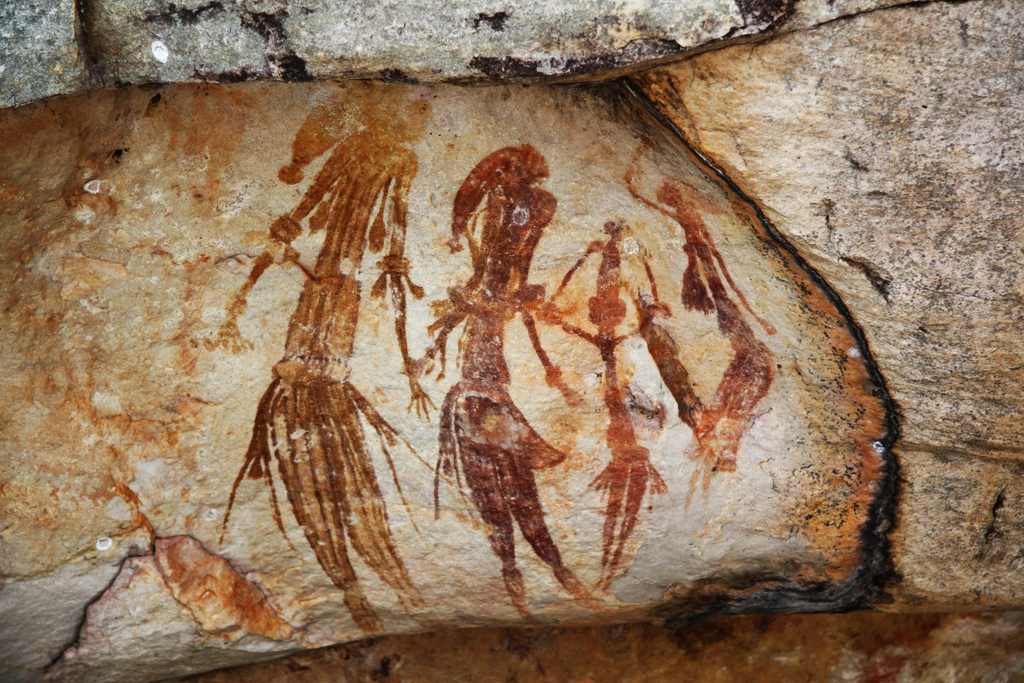1857 Revolt Tnpsc
The 1857 Revolt sowed the seeds of Indian nationalism, which lay dormant in the subconscious of the Indian people. It started the movement which was a continuous struggle against British rule till 1947. Hence, the nature, character, and causes of this Great Revolt of 1857 should be studied in order to understand the subsequent events. … Read more










You must be logged in to post a comment.